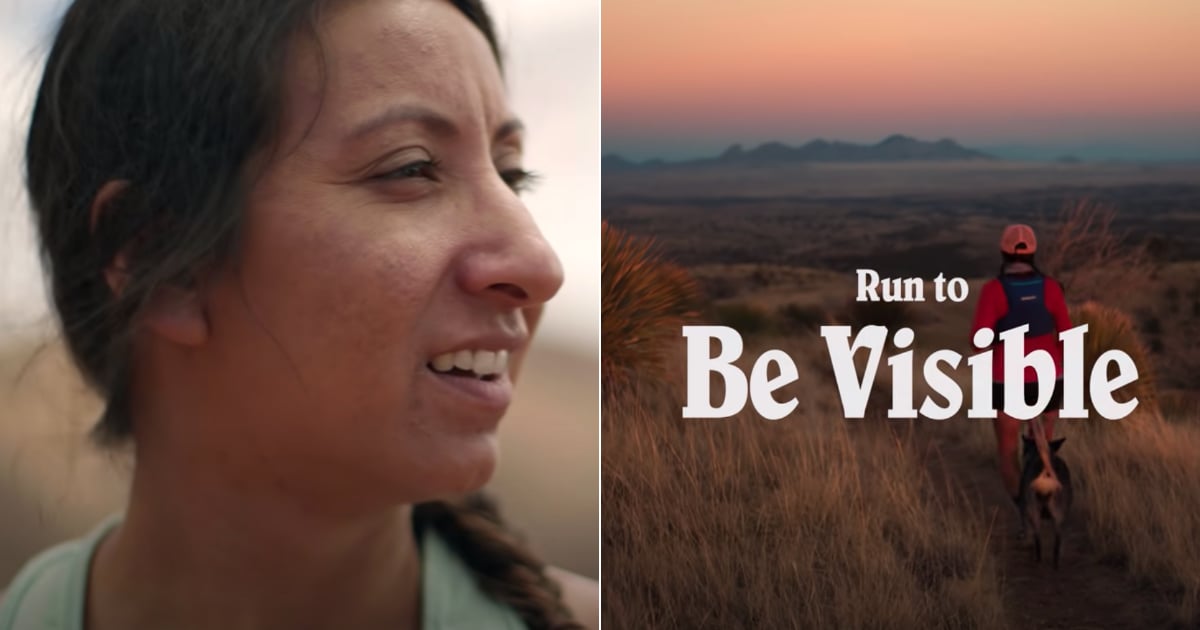Products You May Like
Anyone who chooses to run 50 miles must be deeply motivated — it’s a requirement if you’ve decided to push your body to the limit in that way. For soil microbiologist Lydia Jennings, PhD, the inspiration to complete a 50-mile solo run came from a place that went beyond the selfish or the personal — it was about celebration and gratitude.
Dr. Jennings, a member of the Huichol (Wixaritari) and Pascua Yaqui (Yoeme) Nations, took on this 50-mile challenge as a way to celebrate earning her PhD after her graduation ceremony was canceled due to COVID-19. At the same time, it was also a run of recognition and honoring those who came before her. She decided to dedicate each of the first 49 miles to an Indigenous scientist whose work she cited in her dissertation and the last mile to the Indigenous scholars of the future.
Dr. Jennings tells her story in “Run to Be Visible,” a powerful 18-minute documentary released by Patagonia and directed by Devin Whetstone and Jordan Marie Daniel. Watching the film, we don’t just learn about Dr. Jennings’s journey into running and her 50-mile run; we also hear about her passion for soil microbiology as it relates to the devastating effect that mining has had on Indigenous life in the US. “When you begin to see these patterns of extraction industry not valuing Indigenous lives or lands or waters or air, you feel this sense of erasure,” Dr. Jennings explains in the film. “That even just your ability to live a life as anyone wants to is not valued.” In order to change this, she pursued a PhD in environmental sciences with an emphasis on mining reclamation.
The idea to run 50 miles sprang from her desire to find closure after Dr. Jennings received her degree. “Running seemed like the perfect avenue,” she said, a way to “honor all the Indigenous scholars” whose work she studied, “because I wouldn’t be here without them.” On Instagram, Dr. Jennings further explained that this run represented a “joyous celebration and prayer for the future, as well as a chance to amplify many Indigenous knowledge holders and scientists with whom my scholarship now sits.” Her “call to action” in the film, she added, “is to support Indigenous science organizations who braid together settler colonial science & Indigenous knowledges so that many future students like me can exist.”
Running, she says in the film, can often be seen as something that’s personal or even selfish. “But in so many Indigenous communities, including my own, we run for community,” Dr. Jennings explains. “Being able to run for others and honor them in this way is just a beautiful ceremony in itself.”
Watch the powerful film above.
